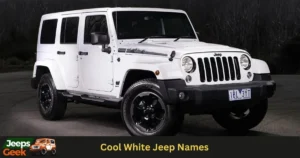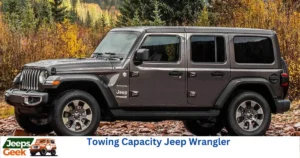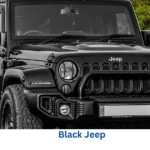Driving without rocker panels can compromise the structural integrity of your vehicle. Rocker panels provide crucial support and protection along the sides of a car. Operating a vehicle without them may lead to increased vulnerability to damage and reduced overall safety.
Have you ever wondered, ‘Can you drive without rocker panels?’ Well, these panels aren’t just car decorations, they’re like shields for your ride. Imagine driving without them, it’s like a superhero without a cape.
Rocker panels keep your car strong and safe. So, next time you see a car, think about those cool rocker panels keeping it ready for action.
Rocker panels are like secret heroes for cars. They’re the hard parts along the sides, kind of like shields. These panels keep your car strong and safe. Imagine a knight without armor. That’s what driving without rocker panels is like. So, always keep an eye on those cool side protectors to make sure your car stays super strong.
What Are Rocker Panels
Rocker panels, often overlooked components of a vehicle, play a crucial role in maintaining structural integrity and enhancing safety during a drive. Situated between the front and rear wheel wells beneath the doors, these panels serve as protective shields, guarding against debris, road salt, and other environmental elements that could potentially cause damage to the vehicle’s body.
Without rocker panels, a drive becomes vulnerable to various risks. These panels act as a barrier, preventing rocks, mud, and water from entering the vehicle’s undercarriage, which could lead to corrosion and other forms of deterioration. It is essential for drivers to be aware of the significance of rocker panels and to address any issues promptly.
Regular inspections and maintenance of these panels are crucial to ensuring a smooth and safe driving experience. So, the next time you hit the road, remember the unsung heroes beneath your doors, the rocker panels that keep your drive both protected and stylish.
The area under a vehicle between its wheels is called a rocker panel. Rocker panels are really important for your vehicle.
They help shield your vehicle from stuff on the road like rocks, sticks, and mud. This protection is needed because these things can gather under your Jeep and in the tire areas, leading to rust on your Jeep’s frame more easily.
Can You Drive without Rocker Panels
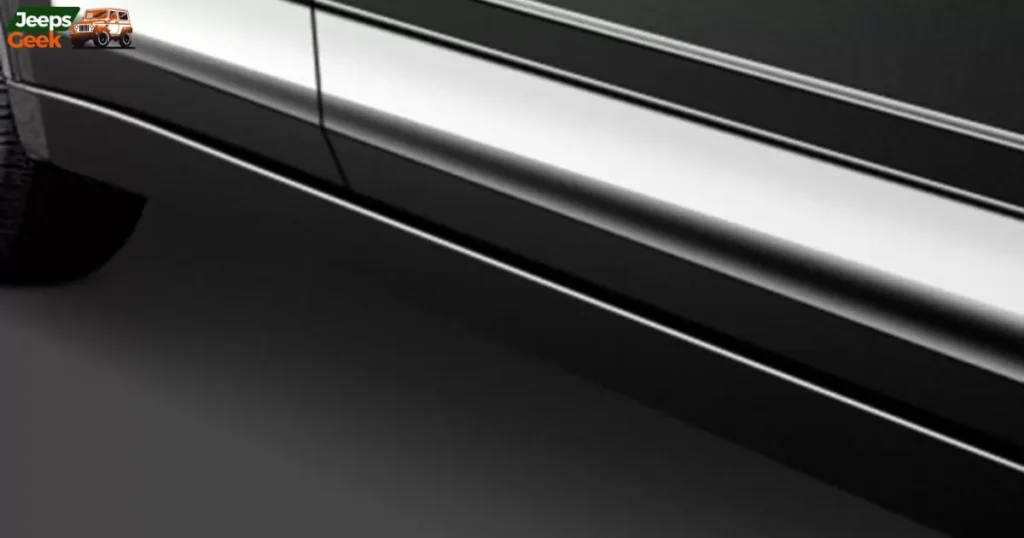
Driving without rocker panels can pose serious safety risks and may lead to extensive damage to your vehicle. Rocker panels are essential components located along the sides of a vehicle, serving as protective barriers between the wheels and doors. They play a crucial role in maintaining the structural integrity of the car and safeguarding passengers in the event of a collision.
You can drive your Jeep without its rocker panels if it’s built as a unibody vehicle. At first, it might seem okay, but it directly affects how your driving feels. Rocker panels are often forgotten about, and you might not realize their importance until much later.
However, if you look closely, you’ll notice your car becomes less sturdy, and you’ll feel like you have less control. Unless it’s a real emergency, it’s not safe to drive without rocker panels.
This idea is similar to removing the front glass of your Jeep and still driving it. While driving, dust can block your view and get into your eyes. Also, when you drive fast, you’ll feel stronger air pushing against you. These things can make your overall driving experience worse.
That’s why even though it’s technically possible to drive without rocker panels, it’s not a good idea. It’s always better to have them in your car. Let’s take a closer look at why rocker panels are so important. Understanding this will make the facts clearer to you.
Read also: Can You Add Remote Proximity Keyless Entry To A Jeep?
Why Do You Need Rocker Panels
Rocker panels may seem like a small and inconspicuous part of a vehicle, but they play a crucial role in maintaining its structural integrity and protecting it from various elements. Positioned between the front and rear wheels on the sides of the vehicle, rocker panels serve as a protective barrier against rocks, debris, and road salt that can be kicked up during travel.
One of the primary functions of rocker panels is to prevent damage to the lower body of the car. Without them, the vulnerable areas of the vehicle, such as the doors and lower panels, would be exposed to potential impacts and corrosion.
Rocker panels act as a shield, absorbing the impact of rocks and other hazards, thus safeguarding the car’s body and preserving its aesthetic appeal.
Moreover, rocker panels contribute to the overall structural strength of the vehicle. They help distribute the impact force during a collision, minimizing damage and enhancing passenger safety. In addition to their protective role, rocker panels also add a layer of insulation against road noise, making for a more comfortable and quieter driving experience.
Rocker panels aren’t just there for no reason on your Jeep. They’re added to help your Jeep in many ways. Even though they might not seem important at first glance, they’ve been around in cars for a long time. There must be good reasons for that, right?
Let’s talk about the many things rocker panels do:
- They keep street dirt, mud, water, ice, and rocks from messing up your Jeep.
- They stop gunk from building up on the Jeep frame.
- They protect the wheel wells from getting clogged with mud and ice.
- They prevent the Jeep frame from getting rusty.
- They shield your Jeep from bumps and damage.
- They give extra support when you’re getting in or out of the Jeep.
- They help protect you if your Jeep gets hit from the side in an accident.
- They slightly help with the Jeep’s aerodynamics.
- They make the car frame stronger and sturdier.
Fixing Rocker Panels
Rocker panels on vehicles can sometimes get damaged due to rust, collisions, or wear and tear. Fixing rocker panels involves cutting out the damaged area, welding in new metal, and smoothing the surface for a seamless repair. This process helps maintain the structural integrity of the vehicle and enhances its overall appearance.
| Task | Description |
| Assessment | Evaluate the extent of damage to rocker panels. |
| Material Removal | Cut out the damaged section of the rocker panel. |
| Metal Welding | Weld in new metal to replace the removed section. |
| Surface Smoothing | Grind and smooth the repaired area for a seamless finish. |
| Inspection | Ensure the structural integrity and aesthetics of the repair. |
Replacing rocker panels on a car can cost a lot of money. But if they’re not completely ruined, you can fix them for about $20. How? Well, using expanding spray foam is a cheap and good way to do it yourself. This helps avoid spending money at a garage. It’s especially useful if your car is very old and you don’t want to spend too much on repairs.
Here are the steps:
Step 1: Fill the hole with expanding spray foam completely.
Step 2: Once the foam is solid, trim off any extra foam.
Step 3: Apply Bondo and shape it to cover the repaired area.
Step 4: Smooth out any rough edges.
Step 5: Paint the fixed area.
This method works if your car doesn’t have a unibody structure. But if your panels are rusty and falling apart, it’s better to cut off the damaged parts with a cutter. Then, measure the area, cut a piece of steel sheet, and weld it in place.
Today, you can even buy custom OEM rocker panels from a store. Just make sure they fit properly before you buy them.
Protecting Rocker Panels
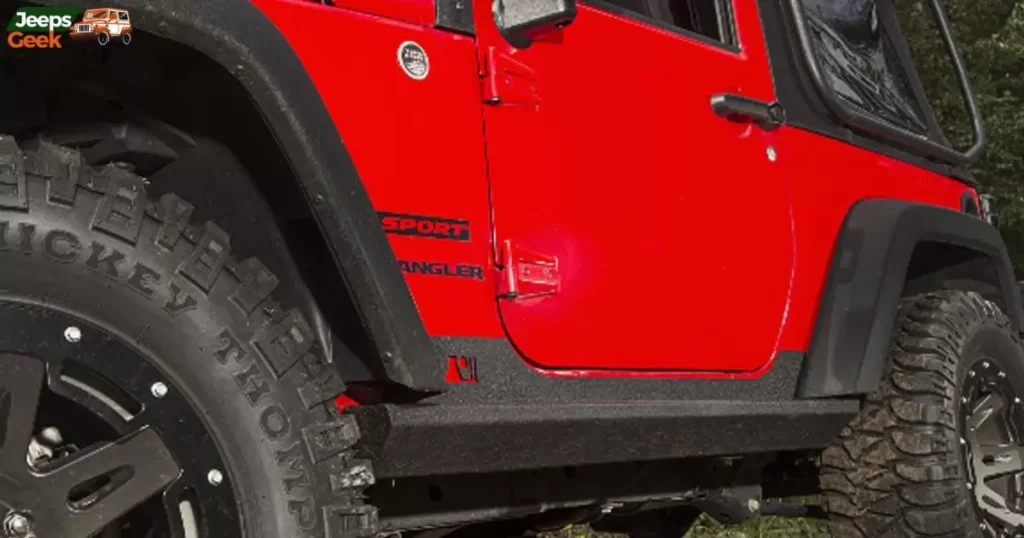
Protecting rocker panels is crucial for maintaining the overall integrity and appearance of your vehicle. The rocker panels, located between the front and rear wheel wells along the sides of the vehicle, are particularly vulnerable to road debris damage, rocks, and other environmental factors. Investing in protective measures not only enhances the aesthetic appeal of your car but also contributes to its longevity.
One effective way to safeguard rocker panels is by installing durable and custom-fit rocker panel guards or covers. These protective accessories act as a shield, preventing scratches, dents, and corrosion caused by road salt, gravel, or mud. Made from materials like stainless steel, aluminum, or durable plastics, these guards provide a robust barrier against the elements, ensuring that your rocker panels remain in pristine condition.
Regular cleaning and rust prevention are also essential for maintaining the protective qualities of these guards. Washing off accumulated dirt and debris, especially in areas prone to corrosion, helps to preserve the effectiveness of the protective layer. Applying rust-resistant coatings further enhances the longevity of the rocker panel guards, ensuring they continue to serve their purpose effectively.
Here’s a simplified table summarizing the article’s main points:
| Prevention Method | Description |
| Paint | Add a new layer of paint to protect the rocker panels from corrosion and wear. |
| Rocker Panel Covers | Shields panels from damage caused by rough roads or heavy traffic, giving a polished look. |
| Mud Flaps | Long mud flaps stop slush from hitting and damaging the rocker panels. |
| Fill-up with Rust Inhibitor | Seal any holes on the rocker panels using a rust inhibitor to prevent rust and damage. |
Remember, using these methods can help your rocker panels last longer and save you money in the long run.
Replacing Rocker Panels
Replacing rocker panels is a crucial aspect of automotive maintenance, especially for vehicles that have endured rust or damage along the lower edges. The rocker panels, situated beneath the doors on both sides of a vehicle, play a vital role in providing structural support and enhancing the overall aesthetic appeal.
When faced with rust or damage, it becomes essential to replace the rocker panels to ensure the structural integrity of the vehicle. Mechanics and automotive enthusiasts often undertake this task to preserve the longevity and safety of the car. The process typically involves removing the damaged panels, preparing the surrounding areas, and then installing new rocker panels.
Regular inspection of rocker panels is recommended to catch early signs of rust or damage. Prompt replacement not only safeguards the vehicle’s structure but also contributes to its overall appearance. In essence, replacing rocker panels is a practical and necessary step to maintain the functionality, safety, and aesthetic appeal of a vehicle over time.
If you believe your rocker panels can’t be fixed, you might think about getting new ones. The price for rocker panel replacements usually ranges from $50 to $250. The cost can change based on the brand or quality you decide to purchase.
Pros and Cons of Driving Without Rocker Panels
- Pros: Increased ground clearance, potential weight reduction, easier maintenance access.
- Cons: Reduced structural integrity, risk of damage to the vehicle’s undercarriage, compromised safety in case of collisions.
Features: Rocker Panel Functions and Importance in Vehicle Operation
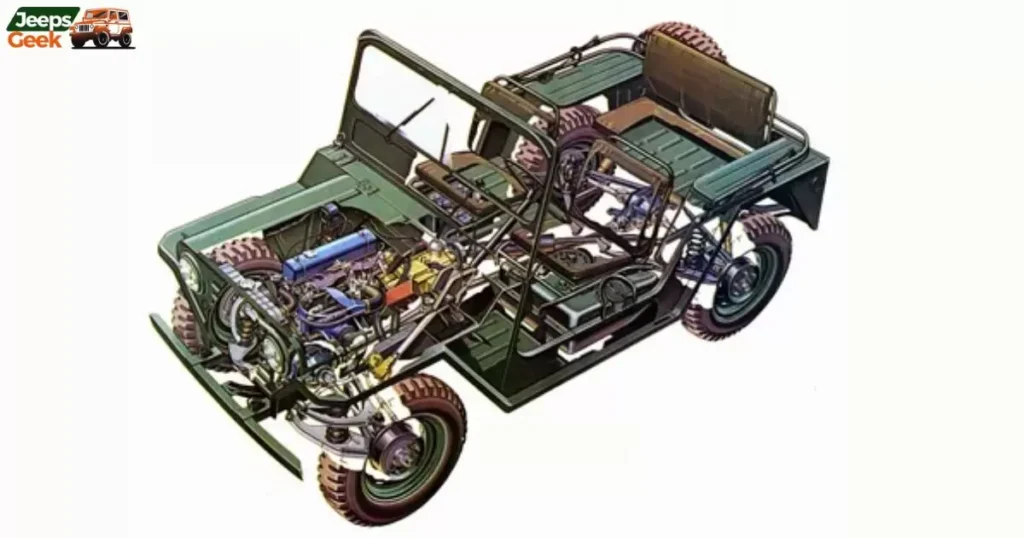
Rocker panels serve as protective structural elements on vehicles, shielding against debris and supporting the vehicle’s frame. These panels enhance the car’s overall structural integrity and contribute to its aesthetic appeal.
They play a crucial role in safeguarding against damage, especially in the lower sections, and help maintain the vehicle’s stability and durability.
Future Scope: Advancements in Vehicle Design and Safety Regarding Rocker Panel Alternatives for Driving
The future scope involves exploring innovative vehicle design options and safety measures, considering alternatives to rocker panels for driving. This includes research into materials, structural enhancements, and safety standards to redefine vehicle construction and improve overall safety without traditional rocker panel components, potentially revolutionizing car design and safety protocols.
Answer to key question
Are rocker panels hard to replace?
Replacement difficulty varies but can be challenging.
Is the rocker panel part of the frame?
Rocker panels are attached to the vehicle’s body, not the frame.
Can I drive with rusted rocker panels?
Driving with rusted rocker panels can compromise safety.
Can rocker panels be plastic?
Some vehicles may have plastic rocker panels for protection.
Conclusion
Ensuring your vehicle has intact rocker panels is essential for both safety and the overall well-being of your car. The rocker panels, often overlooked, are crucial for maintaining the structural integrity of your vehicle. After all, they protect against rust and damage caused by various elements, making them vital for a smooth and safe driving experience.
So, can you drive without rocker panels? The answer is technically yes, but it’s strongly discouraged. Operating a vehicle without these panels puts your safety at risk and exposes your car to potential structural damage.
Regular checks and, if necessary, replacing rocker panels contribute to the longevity of your vehicle, keeping it in good shape for years to come.
Remember, taking care of the seemingly small details, like rocker panels, adds up to a safer and more enjoyable driving experience.
You inquired about driving without rocker panels, and I hope you have your answer now.

I’m Matthew Porter, crafting Jeep expeditions at “Jeeps Geek.” Drawing on my hands-on experience and love for all things Jeep, I’m here to guide you through modifications, resolve issues, and share the joy of being a Jeep geek.
![Can You Drive Without Rocker Panels? [Explained]](https://jeepsgeek.com/wp-content/uploads/2023/12/can-you-drive-without-rocker-panels-explained.webp)




